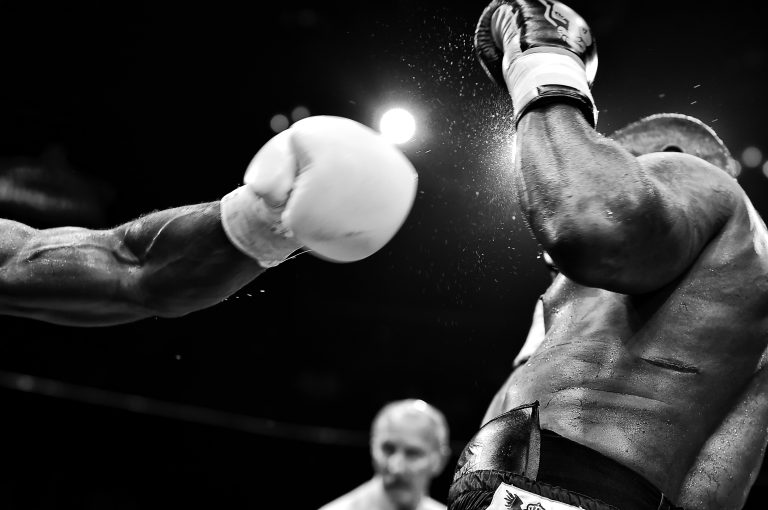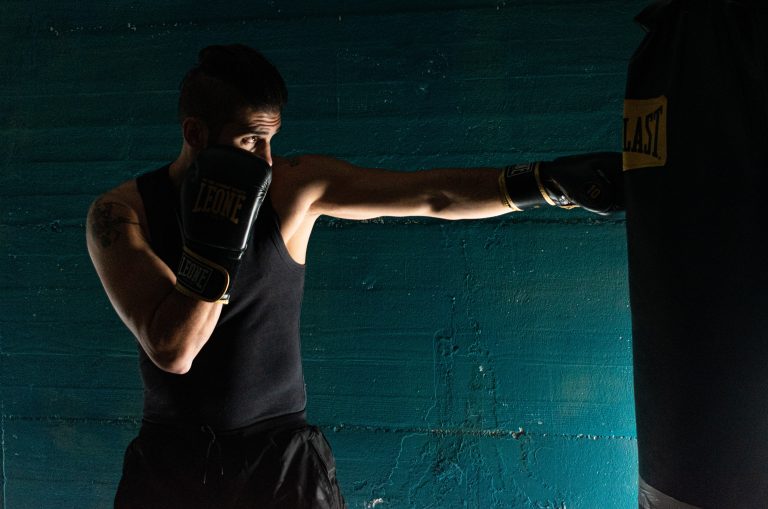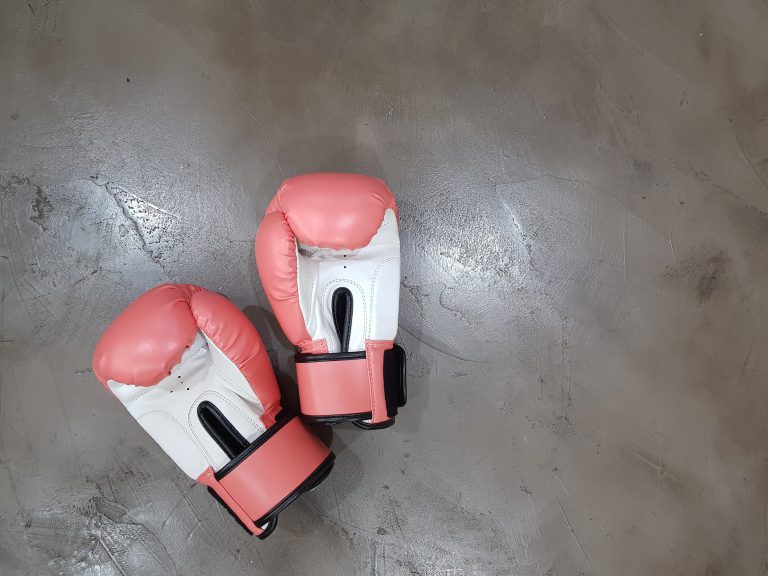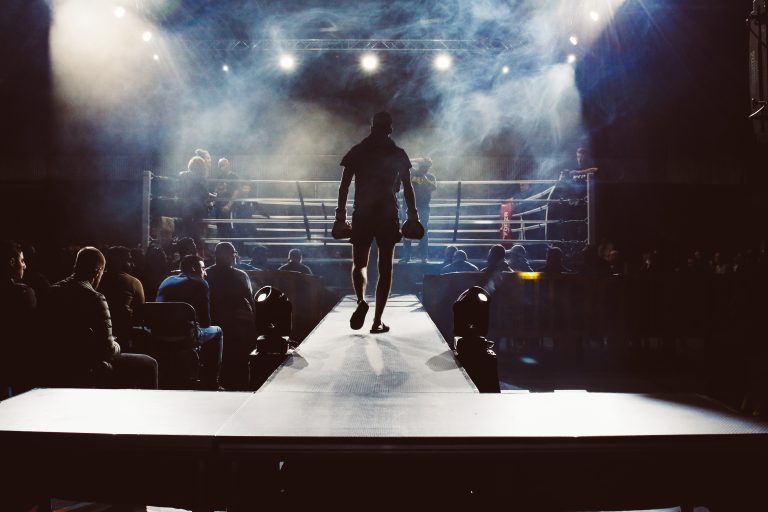What Is Karate? An Overview of This Ancient Martial Art
Curious about karate? You’re not alone. Thousands of people around the world practice this ancient martial art, drawn in by its power and elegance. Karate is rooted in a centuries-old history, and is known as a way to develop physical and mental discipline, while also promoting self-defense. Here, we discuss what karate is and how it’s currently practiced by modern enthusiasts.
History of Karate
Karate’s roots stem from the Ryukyu Kingdom, an island kingdom in China. In the mid-15th century, many Okinawan citizens traveled to China, and some brought back martial arts techniques and ways to practice them. Over time, these techniques and training methods blended together with traditional Okinawan martial arts practices, creating the internal and external styles we recognize as modern karate.
Karate was originally kept secret among the Okinawan masters and passed down from generation to generation. In the late 19th century, however, an Okinawan master named Funakoshi Gichin brought karate to the public, opening the first karate dojo in Tokyo, Japan. With Funakoshi’s help, karate became more popular and widely known. As a result, there are now many different styles of karate.
Modern Practice of Karate
Today, karate practitioners study various movements, called kata. Kata involve movement patterns of blocking and striking, which have been passed down from Okinawan masters from centuries ago. The practice of kata helps practitioners develop strength, agility, balance, and coordination. Practitioners are also taught how to defend themselves against attackers in order to defend themselves if necessary.
In addition to kata practice, most modern karate dojos also teach sparring. Sparring can include free sparring (non-contact sparring) or kumite (contact sparring). These structured forms of combat allow practitioners to use the techniques they have learned in a real-life situation.
Benefits of Practicing Karate
Practicing karate has numerous benefits to both the body and mind. On a physical level, it increases agility, balance, coordination, and cardiovascular endurance. Additionally, practicing kata can build strength in the arms and legs, as well as improve bone density. On a mental level, karate can improve focus, concentration skills, and self-confidence.
Karate also promotes discipline and respect for oneself and others. Practicing kata with precision and focus can lead to self-discipline and can help build respect for authority figures or seniors. Furthermore, as a martial art, it emphasizes the importance of using techniques for self-defense instead of aggression or attack.
Conclusion
Karate has seen a resurgence in popularity in recent years due to its positive physical and mental benefits. Its history stretches back centuries and its practice has been refined since then. With proper practice of kata and sparring, today’s practitioners can hone their physical and mental abilities and continue karate’s legacy as a beloved martial art all around the world.
What Is Karate? An Overview of This Ancient Martial Art
Karate is one of the most popular and ancient martial arts in the world, originating from the island of Okinawa, Japan. It is a striking martial art that primarily focuses on using punches, kicks, knees, elbows, and various blocks as both defensive and offensive techniques. The practice of karate brings with it various benefits, both mental and physical. In this blog post, we will take a closer look at some of the most frequently asked questions about karate.
What is the history of Karate?
Karate originated in Okinawa, Japan, during the Ryukyu Kingdom, which existed from the 15th to 19th centuries. Initially, this martial art was called „te,“ which means „hand,“ and was used for self-defense purposes. However, over time, the art evolved and underwent significant changes. The martial art of karate became more popular in the 20th century when it was brought to Japan and eventually to the rest of the world.
What is the philosophy behind karate?
Karate is not only a physical practice but has a philosophical approach that is deeply ingrained in its teachings. The philosophy behind karate is based on the concepts of discipline, respect, humility, and honesty. It emphasizes the virtues of hard work, diligence, patience, and perseverance. The fundamental idea of karate is to develop a peaceful mind and harmonize it with a strong physique.
What are the benefits of practicing Karate?
Practicing karate has numerous benefits, both for the mind and the body. Here are some of the most significant advantages of practicing karate:
1. Physical Fitness: Karate involves intense physical activity that enhances strength, flexibility, balance, and agility. It can also lead to weight loss and improved cardiovascular health.
2. Self-defense: Karate teaches various techniques for self-defense, making it an effective tool for personal safety.
3. Stress relief: Karate allows practitioners to release stress and tension through physical activity and focus on the present moment.
4. Discipline: Karate instills discipline through the practice of repetition, patience, and perseverance.
5. Confidence: Karate helps build self-esteem by achieving goals and mastering techniques.
How is Karate practiced?
Karate is practiced in a „dojo“ or a training hall. The key component of karate practice is „kata,“ which is a series of prearranged movements that simulate a self-defense situation. The practice of sparring, or „kumite,“ is also essential in karate, where students engage in combat with one another using protective gear. Karate practitioners typically start with basic techniques such as punches, kicks, and blocks, and gradually progress to more complex applications.
What are the different styles of Karate?
There are different styles of karate, each having its unique characteristics and approaches. Some of the popular styles of karate include Shotokan, Goju-ryu, Wado-ryu, Shito-ryu, Kyokushin, and Uechi-ryu. Each style has its unique approach to technique, form, and application of karate.
How long does it take to become proficient in Karate?
The time it takes to become proficient in karate varies from person to person, depending on various factors, such as the level of dedication, training frequency, and natural ability. Typically, it takes several years of consistent practice and training to attain a black belt, which is the highest rank in karate.
Conclusion
Karate is an ancient martial art that has evolved into a popular and widely practiced form of exercise, self-defense, and philosophical approach to life. The discipline, focus, and physical challenges that come with practicing karate can have a positive impact on health, well-being and provide a sense of personal fulfillment. Whether you are interested in self-defense, fitness, or personal growth, karate can be a valuable addition to your life.
Inhaltsverzeichnis






